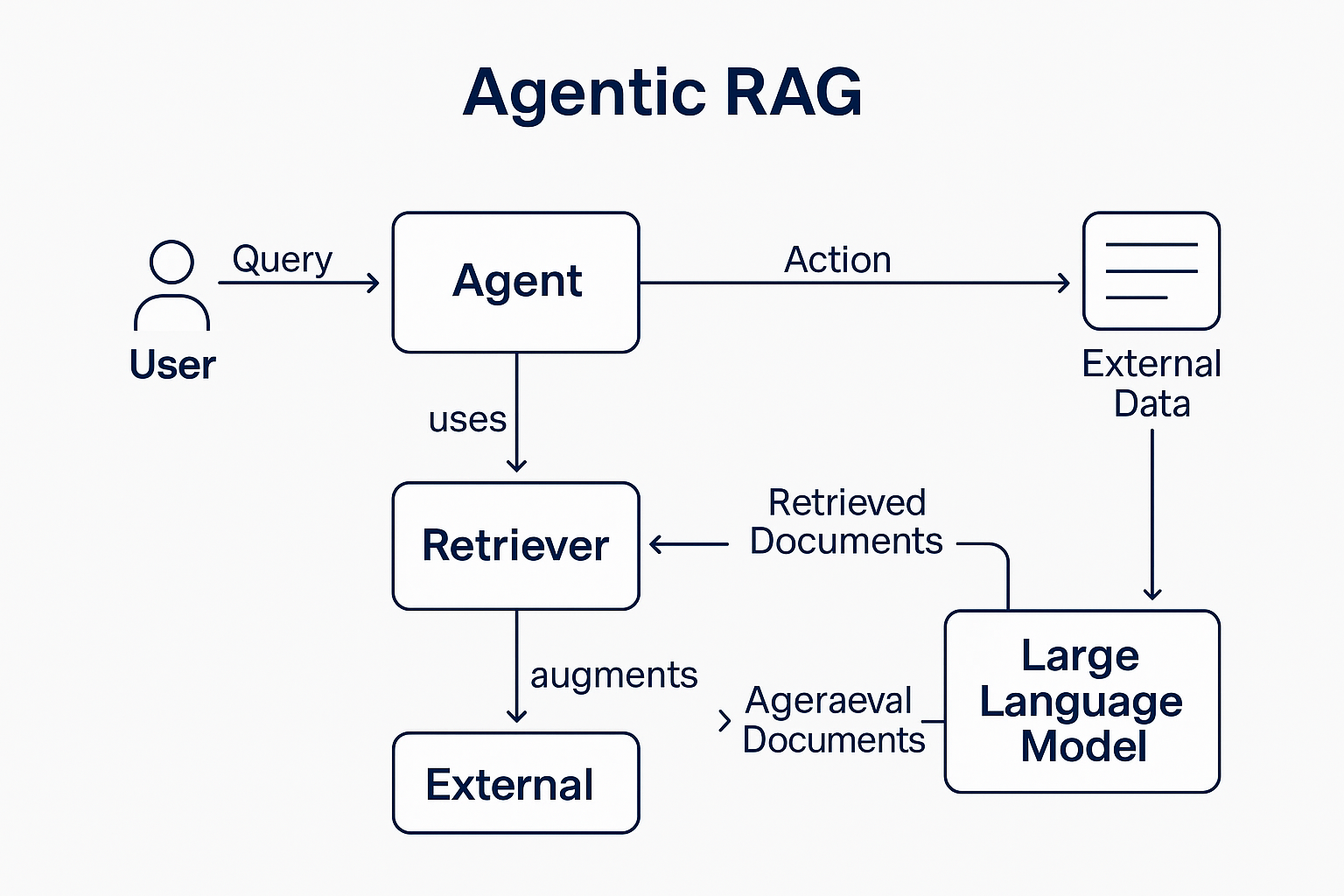
The year 2025 marks a decisive moment for Renewable Energy Communities (RECs) in Italy. After years of regulatory uncertainty, the framework is finally clear, and the market is entering an unprecedented growth phase. RECs are becoming one of the most concrete tools to drive the energy transition, lower energy bills, and create shared value across local communities.
How many RECs exist today in Italy
According to updated data from the GSE, as of March 2025 there were about 212 active RECs, with more than 1,900 users connected and over 18 MW of installed capacity. In addition, hundreds of collective self-consumption initiatives are already operational on the national platform.
The most interesting number, however, concerns growth. More than 2,000 configurations have already been submitted to the GSE portal, involving nearly 18,000 users. This shows that the currently active communities are just the tip of the iceberg of a phenomenon that is rapidly expanding.
Legislation and incentives for Energy Communities
The regulatory framework was defined by the REC Decree (Ministerial Decree MASE no. 414/2023), which came into force in January 2024. The decree introduced:
- a national feed-in tariff for shared renewable energy
- a non-repayable grant of up to 40% for plants located in municipalities under a certain population threshold, funded through the PNRR (Italy’s National Recovery and Resilience Plan)
The GSE Operational Rules, approved in February 2024, clarified procedures and requirements. In 2025, a new regulatory update further expanded access to the grant to include municipalities up to 50,000 inhabitants, making the creation of RECs even more accessible.
Why RECs are growing
Renewable Energy Communities offer environmental, economic, and social benefits. Among the most relevant are:
- reduced energy costs through local energy sharing
- access to stable financial incentives until 2027
- enhanced value for the territory and stronger local community engagement
- a tangible contribution to national decarbonization goals
The real growth driver, however, lies in regulatory certainty. Today, anyone setting up a REC can rely on clear rules, digital procedures, and a well-defined incentive system.
The future of RECs in Italy is already taking shape. Although the number of active communities is still relatively small, the large project pipeline indicates that the coming months will see exponential growth. For companies, local administrations, and citizens, this represents a unique opportunity to become active players in the energy transition.
Renewable Energy Communities are no longer an abstract concept but a concrete model, supported by incentives and experiencing rapid expansion. Those who act early will benefit not only from economic advantages but also from the creation of long-lasting, shared value.


Leave a Reply